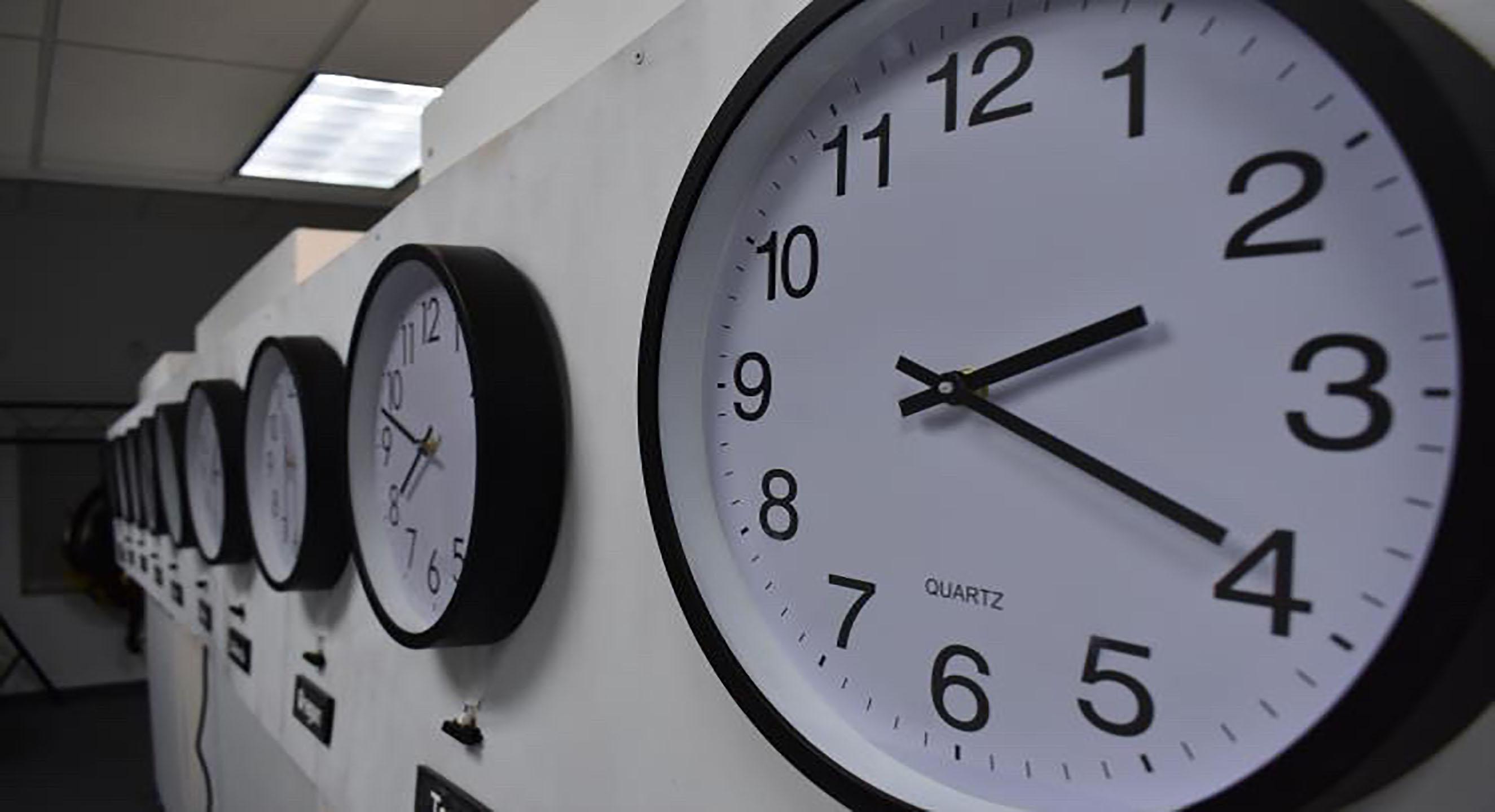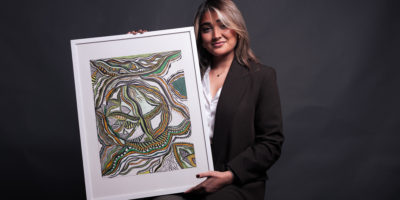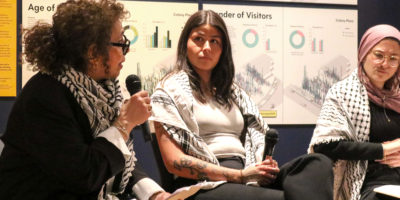By Rhea Singh
Tristan Sauer didn’t see himself in the new media art world before he came to Ryerson.
“Most of my life, I wanted to go into science,” said Sauer.
He saw himself venturing into the world of zoology, specifically ornithology—the study of birds. But once he got closer to graduation, he digressed as a career in art became much more appealing.
Now in his fourth year of new media, Sauer has found his passion and footing in the program through interactive art installations.
“When I came into the program,I didn’t have this idea of being an artist,” said Sauer. “But when I learned more about the new media art world and working in electronics…it seemed like something I’d want to try.”
For Sauer, having a career in art seemed like a “pipe dream”and was too risky to pursue. But after seeing the work produced by his professors, he began to realize that the path to being an artist was realistic.
“[My new media professor] Ashley Lewis was probably one of the first people to really open my eyes to…realize there was world and space I could fit into,” said Sauer.
Since his second year, Sauer has been working on “Thoughts and Prayers,” which has now turned into his thesis project. The project is a visual installation of 10 clocks, that go from the start time to the end time of the top 10 deadliest school shootings in United States history.
“When I came into the program,I didn’t have this idea of being an artist”
The installation consists of the 10 clocks, mounted in a row, with a plaque showing where each shooting took place.
“I wanted to focus it down more just to schools because these are the most vulnerable places that we have. These are supposed to be the upbringing of the next generation,”said Sauer.
Sauer said that America prides itself on being the “greatest country in the world,” yet consistently has outbreaks of violence across the country. Since the start of 2020, there have been 41 mass shootings in the U.S., according to Gun Violence Archives.
Sauer found inspiration in not only the debate on gun violence in America, but the American attack atHiroshima in 1945. The idea of clocks comes from the recovery of clocks at Hiroshima that were all stuck at 8:15 a.m.—the time the bomb dropped.
“8:15 a.m. is now this symbolic moment of destruction and horror in Japanese history, and I wanted to take this idea of imprinting a specific time and translate it to a narrative about America,” said Sauer.
Sauer explained that when it came to mass shooting, America has a legacy of continuous shootings at schools, specifically.The project is currently at its beginning stage and Sauer plans to add new aspects to the installation before its completion date on March 6.
He plans to exhibit it at Meta, the new media end of year showcase, onApril 9.Aside from “Thoughts and Prayers,” Sauer previously exhibited an installation at Makerfest in 2018. “Chrysalism” was made of lanterns that were covered with cotton making a cloud shape. Each cloud would flash at the same time, mimicking lightning during a thunderstorm.
“It was one of the first [art pieces] I ever publicly presented.I learned a lot [about] technical knowledge and installation preparation,” said Sauer.
“…as much as they want to hide, their actions are very visible”
After Markerfest, Sauer felt good about his place in the art world and said that he knew he wanted to make art forever.Another project in the works is “We Don’t Belong Here.” What started off as a critique on America’s drone strike on Iran turned into a critical look at Canada’s military involvement.
“The last few wars that America has fought, predominantly in theMiddle East, had Canadian troops present in them despite not beingCanadian conflicts to start with,”said Sauer.
He said that the facade of Canada being “nice” and “peaceful” mask their seemingly unnecessary involvement in international issues.
“It always seems strange that we send troops on these American conflicts, and at the same time Canada preaches this message of peace, and that we are this role model to look up to,” said Sauer.
“We Don’t Belong Here”consists of 3D printed soldiers in toy soldier stances, shrouded in darkness. Sauers’ message revolves around the Canadian government leaving the military in the dark on what they are doing, and how the troops are toys for them to play with.
“The public can see them, we view what they’re doing, and as much as they want to hide, their actions are very visible,” said Sauer.











Leave a Reply